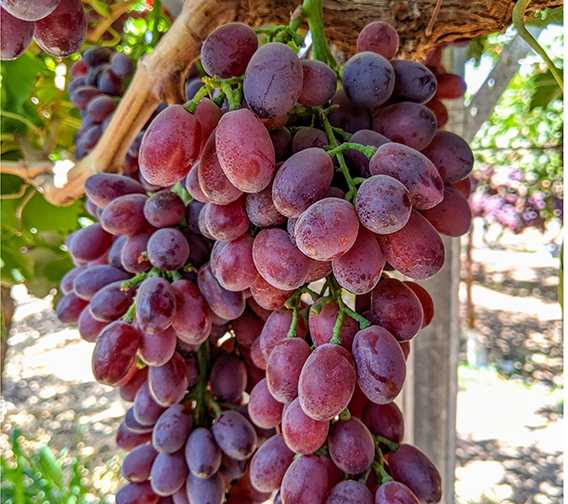Bactericide Breakthrough Sweet News For Florida Citrus Growers
According to a new University of Florida study, bactericides could help save citrus from greening — when delivered properly.
Nian Wang, a UF/IFAS Associate Professor of microbiology and cell science, led the latest study, which found that when a bactericide – in this case, oxytetracycline — is injected into the trunk of greening-infected citrus trees, it helps keep the trees alive by thwarting the deadly disease.
“This application is more targeted,” said Wang. “It increases efficiency of bactericide applications by ensuring that factors such as light and rainfall don’t degrade the treatments before they can go to work targeting the HLB-causing bacteria.”
When bactericides were made available via a crisis exemption in March, a collective cheer from the Florida citrus community was heard celebrating the new crop protection option. Growers who have since applied the chemistries are now playing a waiting game on efficacy. This study could have an impact on how producers apply bactericides going forward.
Results from the study, published in the Phytopathology Journal, show that trunk injections were successful in delivering bactericides not only to leaves but to the diseased root system of infected trees, resulting in reduced bacteria levels in both leaves and roots for up to nine months.
“Using trunk injection technology, you can probably treat the HLB-diseased trees one time per year and have good control,” Wang said.
According to UF/IFAS researchers, the process costs about $2 to $4 per tree for labor and material. At $4 per tree, figuring an average of 140 trees per acre for oranges, that’s $560 per acre, as estimated by UF/IFAS economists.









